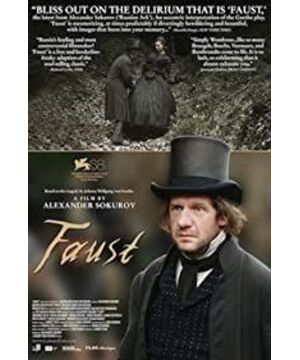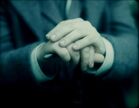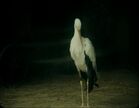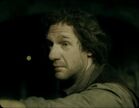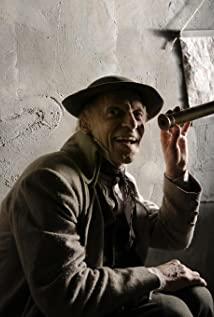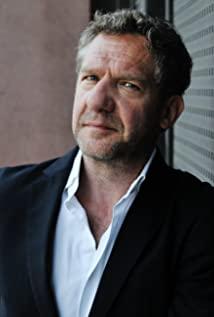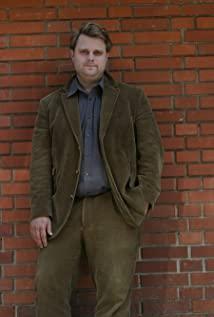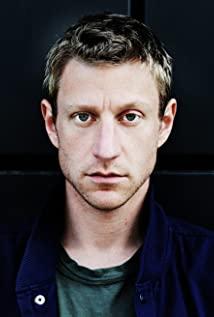From 1768, Goethe started the creation of "Faust" until it was completely completed in 1832. It can be said that this long poetic drama took Goethe's life effort. In the 12,111-line verse, it not only shows the reality of German society at that time, but also shows the great ideological changes caused by the Renaissance through Faust's continuous exploration of the spiritual world. In the original book, Faust has five pursuits: love, knowledge, politics, art and social ideals. The movie has simplified and highlighted the love part here. When Faust met Margaret for the first time in the public bathroom, the latter's fair skin seemed to light up this dirty and vulgar hall, and also illuminated Faust's heart, who had been searching hard before. The meaning of life finally has the answer at this moment. Under the temptation of his young flesh, Faust signed a contract with the devil with blood, and he was willing to exchange his soul for a night with Margaret. After the love of fish and water, what awaited Faust was the dark and bitterness from Death Valley. Facing the persecution of the devil, Solokov gave a different ending from the original book. Faust finally broke the contract and moved the big stone. Smashing at the devil, it was this full-scale resistance that allowed Faust to understand the meaning of life.
The film begins with a bird's-eye view through the clouds, with a god-like perspective that seems to be watching the world, followed by a daring anatomy scene, where Faust's quest for a soul in a pile of organs fails. This eerie atmosphere suddenly begins. It clarifies the inner distress of the protagonist. In Solokov's lens, the city is undoubtedly dilapidated, and the people walking in it are like lone ghosts in the apocalypse. Poverty, downright poverty, where there is no place for the soul under the skin of hunger and cold. Faust studied law, medicine, philosophy, and even theology, but so what? He didn't even have the money to buy ink. Eternal poverty is like a black cloth covering people's eyes, and there is no hope since then. But Faust still has desire, whether it is fortunate or unfortunate, desire makes him find the joy of life, and at the same time becomes a weight in the hands of the devil. In the constant pulling of the spirit and the flesh, Faust's good and evil sides are clearly visible. In the underground tavern, Faust fell into the devil's trap and accidentally killed Margaret's brother. Disturbed, he sent the devil again to bring gold to Margaret's mother. This act of depravity and redemption just reflects the complexity of human nature, and this is also the subject that Faust needs to explore.
In order to express the absurdity of Faust's world, Solokov used a large number of anamorphic lenses, and the distorted human figures presented correspond exactly to the heart. At the same time the sloping composition also throws the city out of balance, as if evil has overwhelmingly triumphed over good. But when the camera is aimed at Margaret, it is instantly a style. Margaret's face is rendered extremely soft and delicate in high-profile photography, and this is also the appearance of love in Faust's heart. In terms of tone, the film uses filters to create a variety of effects, dim streets, white churches, blue-green forests, all of which are like a huge oil painting, and Solokov is a painter, He tries to use color to build up the multiple dimensions of the world and to make the viewers have more profound philosophical thoughts. The image of the devil in the film is also different from what we imagined. The rickety body and loose hair make him look like a disgusting old man, but when the camera is approaching, the devil's evil is still overflowing. .
There have been many adaptations of "Faust" in film history. F•W • Murnau's version has the essence of German expressionism, and both the photography and the composition are shocking. Czech director Jan Svanmeier used dolls, paper-cuts and clay to express this surreal story. The gorgeous visual effects can be called the most personalized version of Faust. As for the Russian director Solokov, he inherited the spirit of his predecessor Tarkovsky, and was not afraid to express difficult themes, and his skillful movement of the mirror also showed the beauty of the flow of light and shadow. So when we see Solokov's "Faust", it is like experiencing a perfect combination of realism and romanticism. In the film, Faust's vision of love and questioning of the devil fully explain freedom Regarding the meaning of life, we also saw a director's persistence in artistic creation. This "Faust" finally won the Golden Lion at the Venice Film Festival in 2011, which is undoubtedly a great affirmation for director Solokov, but it does not mean that he is on the road of artistic film creation. It will be smoother. After all, commercial films are very popular now, and it is a rare thing to be able to pay for art films year after year.
View more about Faust reviews


